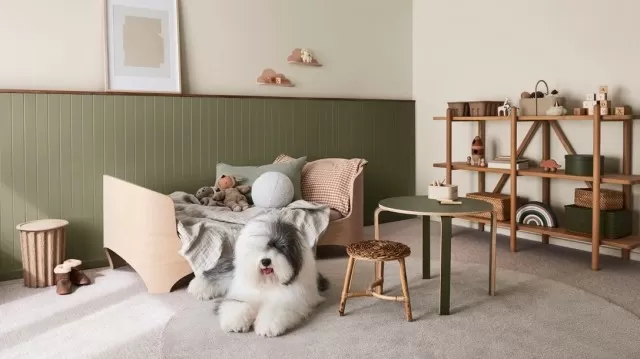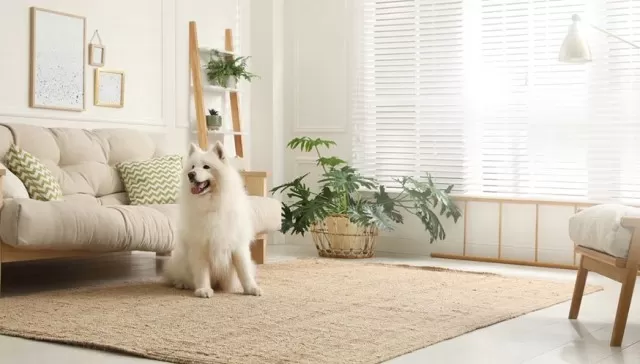Certain household items have a limited lifespan, and it’s essential to declutter your home by disposing of or recycling items that have passed their prime.
By doing so, you can create more storage space for the items you use and ensure a cleaner, more organized living environment.
To achieve this, it’s crucial to be mindful of the expiration dates of various household objects and take the necessary steps to get rid of them when the time comes.
By understanding when it’s time to let go of various household items and utilizing proper disposal methods, you can keep your home clutter-free, organized, and efficient.
Additionally, consider adopting eco-friendly practices like recycling or repurposing whenever possible to contribute to a sustainable lifestyle.
Household Items You Should Throw Away At Once

We’ll guide you through the process of identifying when it’s time to let go of each item and the appropriate disposal methods.
Dish Sponges: Sponges used in the kitchen are prone to collecting bacteria and should be replaced every month to maintain a hygienic environment.
To dispose of them properly, plastic sponges should typically go in the trash, while biodegradable ones can be recycled or composted.
Expired Food: Keep your refrigerator organized by checking expiration dates regularly.
Discard any expired or spoiled food items to avoid clutter and ensure you have enough space for fresh ingredients. For disposal, pour the contents of expired items into the trash, garbage disposal, or compost bin, and recycle the containers if possible.
Plastic Containers: Regularly check plastic containers for signs of wear, such as discoloration, warping, or cracks.
Replace disposable containers immediately, and recycle the plastic Nos. 1 and 2 types, which are commonly accepted by recycling centers.
Pillows: Over time, the material inside pillows breaks down due to daily use, and they can become a breeding ground for dust mites and debris.
Consider replacing pillows every few years, and if they are still in good condition, donate them to local shelters for repurposing.
Household Cleaners: cleaning products lose their effectiveness over time, and it’s best to dispose of them after a few years.
Be sure to check the manufacturer’s instructions for proper disposal, and recycle containers whenever possible.
Cooking Oils, Herbs, and Spices: To maintain the flavor and quality of oils and spices, store them in a cool, dry place and replace olive oil after two years and herbs/spices after one year.
Dispose of expired oils in a sealable container before putting them in the trash, and dump old herbs and spices into your compost bin.
Toothbrushes: Regularly replace toothbrushes every three months, especially after an illness, to ensure effective oral hygiene.
Although toothbrushes aren’t typically recyclable, some special recycling programs accept used toothbrushes.
Photo Negatives: Preserving old photo negatives can be challenging, so consider scanning them to create digital copies.
Companies like GreenDisk can help with recycling old films and negatives.
Eye Makeup: Eye makeup products like mascara and eyeliner should be replaced every six months to prevent bacterial buildup.
Donating used mascara wands to programs like Wands for Wildlife can support wildlife refuges.
Business Cards: Instead of accumulating stacks of business cards, opt for digital contact storage to declutter your desk space.
Recycle paper business cards when you’re done with them.
Is furniture considered a part of household items?

Household items encompass various items such as furniture, furnishings, appliances, and personal effects that are commonly found in a home.
However, it’s important to note that musical instruments like pianos are excluded from this category. Household items are essentially personal belongings and necessities used or intended to be used within a residence to maintain a functional and comfortable household.
Household furniture plays a significant role in creating a comfortable and functional living space.
It includes items such as sofas, chairs, dining tables, beds, dressers, and cabinets. These pieces of furniture not only provide utility but also contribute to the overall aesthetics and ambiance of a home.
Furnishings, on the other hand, refer to various decorative and functional items that add style and personality to a living space.
This category includes curtains, rugs, cushions, wall art, lamps, and decorative accessories. Furnishings help to personalize a home and create a welcoming environment that reflects the occupants’ tastes and preferences.
Appliances are essential household items that assist with daily tasks and chores.
These may include refrigerators, washing machines, ovens, microwaves, vacuum cleaners, and more. Modern households rely on these appliances to streamline household activities and enhance convenience.

Personal effects encompass a wide range of belongings used by individuals for their everyday needs.
These may include clothing, toiletries, personal gadgets, books, and sentimental items with emotional value. Personal effects make a house feel like a home, as they reflect the unique identity and interests of the people living there.
When considering the term “household items” in various contexts, it’s essential to understand its significance.
In employee compensation, for instance, household items are goods that facilitate daily living within their place of residence. These may include necessities like kitchenware, bedding, and cleaning supplies, ensuring employees can maintain a functional and comfortable home environment.
Overall, household items are an integral part of creating a well-equipped and pleasant living space, allowing individuals to carry out their daily routines and activities with ease and comfort.
*The information is for reference only.